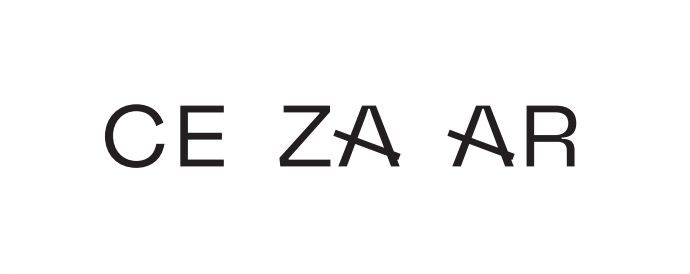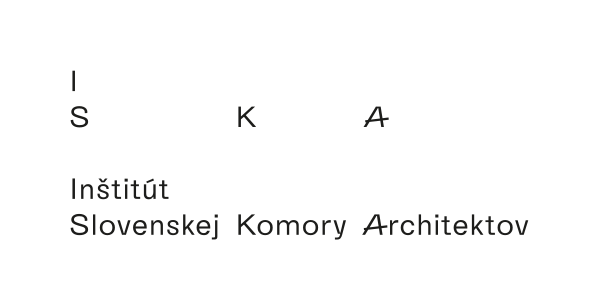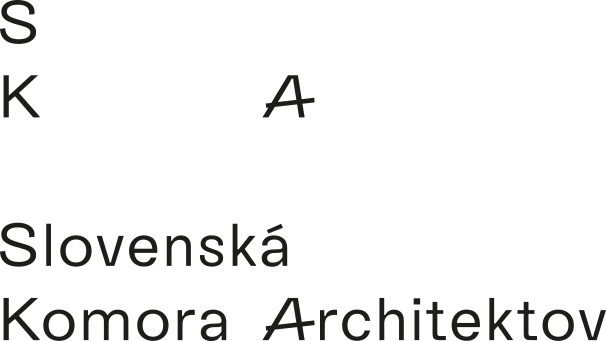Objectives
The Architects’ Council of Europe (ACE) was founded in Treviso (Italy) on the 11th May 1990 by the merger of the former Liaison Committee of the Architects of the United Europe (CLAEU) and the former Council of European Architects (CEA). Since then its governance has steadily evolved in order to achieve its aims and objectives. The working structure of the ACE is devised in such a way that it maintains and ensures a high level of effectiveness within the realm of European architectural and professional policy.
Aims
The main aims of ACE are promoting architecture in Europe, advancing architectural quality in the built environment, supporting sustainable development of the built environment, ensuring high standards of qualification for architects, advocating quality in architectural practice, fostering cross-border cooperation and facilitating European practice and acting as the single voice for architects in Europe. To encourage, develop and promote quality in architecture are important aims as well as to enhance the appreciation of architecture as a matter of public interest and as an essential element in the creation of quality in the built environment. Other priorities are to foster the use of sustainable principles in architectural design and planning; to promote and seek to maintain the highest standards of architectural education and training consistent with the Professional Qualifications Directive (2005/36/EC); to affirm the role of the architect in the project team as expert in the responsible development of integrated approaches to design and construction; to support the free movement of architects and architectural services throughout the European Union in the context of relevant EU Directives and Policies; and to stimulate effective cooperation between the Member Organizations of the ACE within the context and spirit of the European Treaty, thus giving the profession a single voice in EU affairs while respecting its rich diversity and cultural identity.
Structure
General Assembly
The General Assembly of the ACE is the supreme body of the organization. It meets twice per calendar year and decides on new policy, adopts position papers and directs the Executive Board on what priorities to pursue. It is composed of the delegations of all Member Organizations and its agenda is structured in accordance with the thematic structure of the ACE.
Executive Board
The Executive Board of the ACE consists of 11 members, six of whom are elected and five of whom are nominated on a rotational basis in accordance with the rotation of the Presidency of the EU. Among the six elected members is the President of the ACE who chairs meetings of the general Assembly and of the Executive Board and who acts impartially of all national concerns during his two years mandate. The current President elected in December 2013 is Luciano Lazzari.
Finance Committee
The Finance Committee advises the General Assembly on all matters relating to finances and their management within the ACE. It is composed of one delegate per country represented in the ACE. The Finance Committee usually meets twice per year. The General Assembly decides on the budget and membership fees on the advice of the Finance Committee.
Member Organizations:
Austria, Belgium, Bulgaria, Croatia, Cyprus, Czech republic, Denmark, Estonia, Finland, France, Germany, Greece, Hungary, Ireland, Italy, Latvia, Lithuania, Luxembourg, Malta, Netherlands, Norway, Portugal, Romania, Slovakia, Slovenia, Spain, Sweden, Switzerland, Turkey, United Kingdom
Observer Members:
Bosnia and Herzegovina, Macedonia
Representative: Ing. Arch. Martin Drahovský (member of Executive Board of the SCA and ACE)
Website: www.ace-cae.eu
Address: General secretariat of ACE
Rue Paul Emile Janson, 29
B-1050 Brussels
Tel. : 32 2 543 11 40
Fax : 32 2 543 11 41
 ACE-Prezentacia.pdf (1,9 MB, 638 hits)
ACE-Prezentacia.pdf (1,9 MB, 638 hits)




